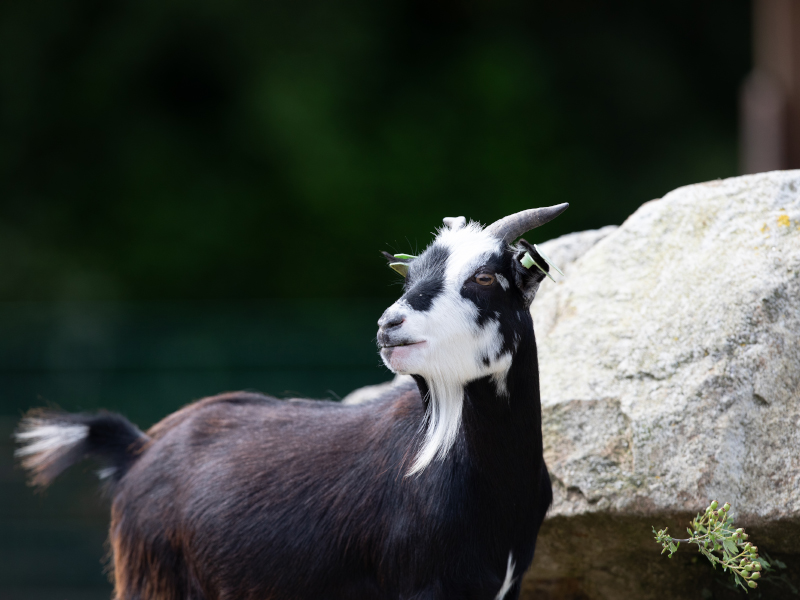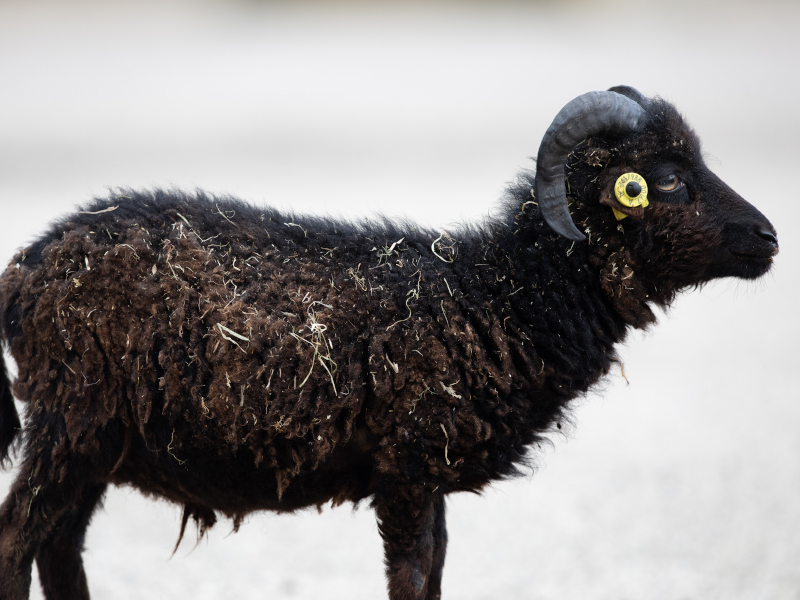Cape porcupines are also known as South African porcupines. They are “Old World”, porcupines that will often shelter in caves and aardvark holes as well as burrows, that they will dig for themselves.
Quills of the cape porcupine are sharp and are used as their defence mechanism and will be raised and fanned to ward off predators. If the predator does not retreat, they will stamp their feet and rattle their quills. If that fails, they will charge, back end first, to stab with their shorter thicker quills.
Porcupines are mainly nocturnal but can sometimes be seen during the day. They are generally solitary foragers but will live in small family groups.
Their long claws help them to dig up roots and tubers.

Popular Searches

Cape porcupine
-
Introduction
-
Conservation
Cape porcupines are classed of least concern.
Their population is stable throughout with some hunting occurring in its range.
Porcupines are sometimes hunted for human consumption in most parts of their range and are considered an agricultural pest. -
Habitat
Cape porcupines are a widespread species that can be found throughout central and southern Africa. They are highly adaptable animals with a high tolerance for habitat modification and so they can be found in a range of habitats.
-
Fun Facts
The cape porcupines feeding behaviour has an important impact on the plant communities in the habitats that they live. Through selective foraging they allow space for growth of new plants, increasing biodiversity in their habitat.
They are monogamous, meaning they mate with one partner. Litters of 1 – 4 are born, after a gestational period of approximately 3 months, into the parent’s den. Parents will care for the young together and family groups will be living together. They will have one litter per year.
Porcupines do not throw their quills when under threat, this is a myth.



















